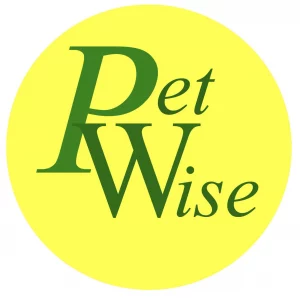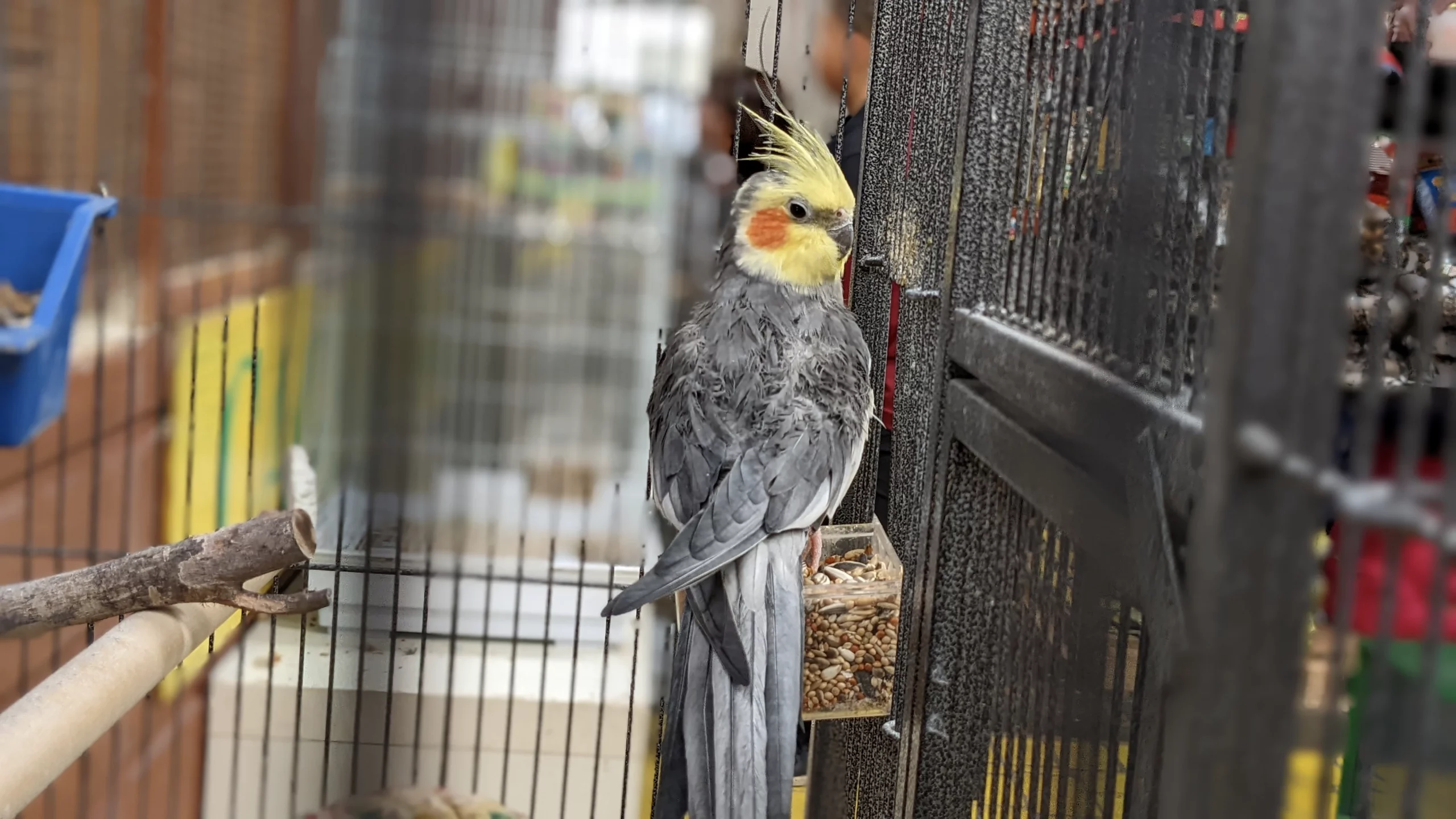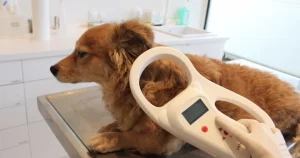Introduction
Originally a native of the hot, dry Australian interior, all Cockatiels for sale are now bred in this country. A communal bird, they are interesting and intelligent pets. The normal colour is grey but there are variations such as white, cinnamon, pied, silver or lutino (pale yellow).
Cockatiels are natural acrobats and mimics, can learn simple words and phrases and are excellent whistlers.
You can expect to have the companionship of this fascinating bird for twelve to fourteen years.
Choosing and buying your Cockatiel
A healthy Cockatiel should be:
- Bright and alert
- Have no signs of discharge from the eyes or nostrils
- Have a clean vent area
- Feathers should be flush to the body and not be fluffed up
- Should have no signs of breathing problems
- Movement should be fluent with no signs of lethargy
Housing
A single caged bird will require a lot of attention and stimulus if it is not to become bored and frustrated (a common cause of feather plucking). If the bird is to be left on its own for long periods it is better to give it a companion. In an aviary cockatiels will mix with canaries, budgies, and some small parrots but not with the larger parrots.
A roomy cage is advisable and should be large enough for your Cockatiel to stretch its wings and fly from perch to perch. Cockatiels are climbing birds so it is preferable to choose a cage with horizontal bars. A removable tray will make cleaning easier.
You should avoid putting the cage in draughts, direct sunlight or in damp or humid conditions. Sandsheets or cage bird sand should be placed in the bottom of the cage and replaced regularly.
The cage should be furnished with perches of different diameters and one or two toys, but do not overcrowd the cage. Try and buy a selection of toys and rotate them to avoid boredom.
Remove droppings daily. The cage and furnishings should be thoroughly cleaned and disinfected with a pet-safe disinfectant weekly.
Outside aviaries must have a sheltered section to provide protection from wind, rain and strong sunlight. This is where you should position the roosting site (the highest perch or nest box) and the food containers.
Aviaries should be suitably furnished with branches of different widths.
Do not place perches directly above food and water pots.
The cage/aviary can be furnished with non-poisonous wood branches such as fruit wood which will add interest and aid with keeping the beak short.
Introducing your Cockatiel to his new home – Before introducing your Cockatiel to his new home, fill the food and water pots and sprinkle a little extra onto the floor to ensure that he has enough to eat until he finds his seed pots.
Make sure all windows and doors are closed and fires are guarded.
Gently open one end of the carry box and let your Cockatiel walk into his new home. If he appears anxious or does not settle drape a cloth over three sides of the cage until he settles. This can then be gradually removed. Leave him to adjust quietly.
Only cover the cage at night if the room temperature is likely to fall.
Feeding and Water
A good quality Cockatiel mixture should be available from your pet shop. Check the seed dishes daily and remove any empty husks. Refill as necessary.
Millet seed can be given as a treat as can honey bells and seed bars. Fresh thoroughly washed green-food may be given, such as lettuce, chick-weed and dandelion. However, be careful not to overfeed.
Cuttlefish is a source of calcium and helps to keep the beak worn down. A mineral block will provide essential minerals and trace elements. Grit helps with the digestion and should always be provided. Food and water pots should be washed regularly.
Fresh water should always be available.




